Cone crushers are widely used in mining, construction, and aggregate production for their high efficiency in breaking hard materials. However, raw material blocking (or "choking") is a common issue that can lead to downtime, equipment damage, and reduced productivity. Understanding the causes and implementing preventive measures is crucial for maintaining smooth operations. Here’s a detailed guide to avoiding material blocking in cone crushers:
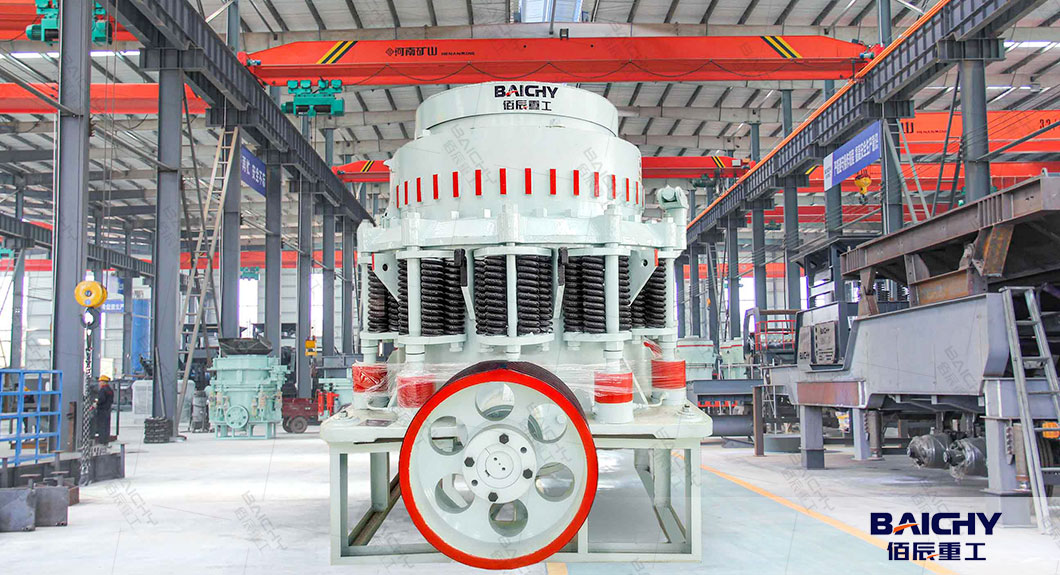
1. Understand the Primary Causes of Blocking
Blocking typically occurs due to a combination of operational, material, and equipment factors. Identifying these causes is the first step to prevention:
Inappropriate Material Properties
- Feeding materials with excessive moisture content, which can cause particles to stick together and form clumps.
- Processing materials with irregular shapes (e.g., flakes or slabs) or oversized particles that exceed the crusher’s inlet specifications.
- High clay or silt content in the raw material, leading to adhesion and clogging in the crushing chamber.
Improper Operational Practices
- Overfeeding the crusher beyond its design capacity, causing a buildup of material in the chamber.
- Inconsistent feeding rates, leading to sudden surges that the crusher can’t process efficiently.
- Using incorrect speed settings (e.g., too low rotational speed, which reduces crushing efficiency).
Equipment-Related Issues
- Worn-out crushing components (e.g., mantle, concave, or liners), which may create uneven gaps and trap material.
- Damaged or misaligned feeding devices (e.g., vibrating feeders) that fail to distribute material evenly.
- Clogged discharge openings due to excessive fines or foreign objects (e.g., rocks, metal debris).
2. Pre-Feeding Preparation: Screen and Classify Materials
Proper material preparation minimizes the risk of blocking:
Install Pre-Screening Equipment
- Use vibrating screens or grizzly feeders to remove oversized particles and fines before feeding the cone crusher. This ensures only materials within the recommended size range enter the chamber.
- Example: For a cone crusher with a 100 mm inlet, pre-screen materials to remove particles larger than 90 mm and fines below 10 mm (which can cause excessive fines buildup).
Control Moisture and Clay Content
- Avoid feeding materials with moisture exceeding 8% (depending on the crusher model). If moisture is high, consider drying the material or using a crusher designed for wet processing.
- For clay-rich materials, pre-wash or use a rotary scrubber to remove sticky components.
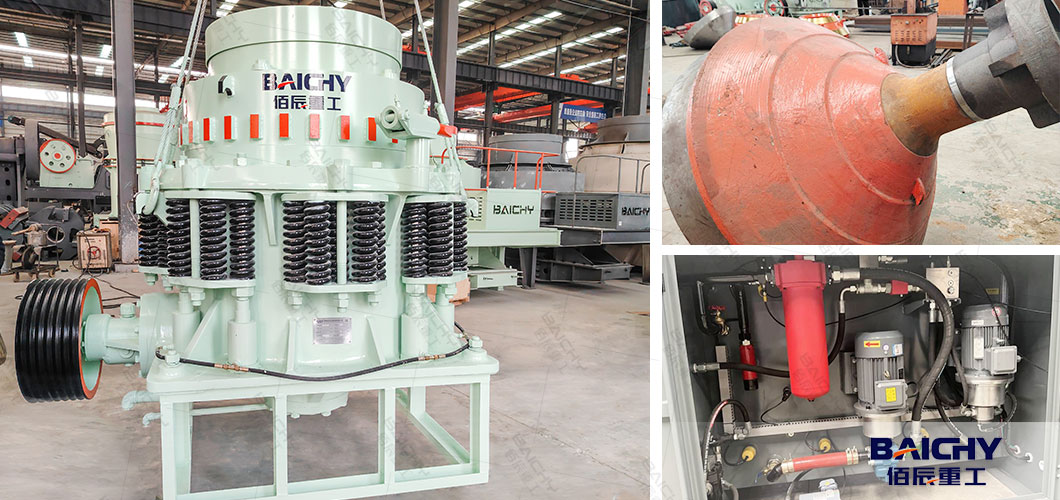
3. Optimize Feeding and Operational Parameters
Consistent operation is key to preventing blockages:
Regulate Feeding Rate and Uniformity
- Use a vibrating feeder with variable speed control to maintain a steady, uniform flow of material into the crusher. Avoid sudden surges or overfeeding.
- Monitor the material level in the hopper to ensure a consistent feed; a low hopper level can cause inconsistent feeding, while an overflow can lead to overloading.
Adjust Crushing Chamber Settings
- Set the closed-side discharge (CSD) gap according to the material hardness and desired product size. A too-narrow gap can trap large particles, while a too-wide gap reduces efficiency and may allow uncrushed material to pass through.
- For hard materials (e.g., granite), use a larger CSD gap and higher crushing force; for softer materials (e.g., limestone), a smaller gap may be feasible.
Monitor Motor Load and Temperature
- Install real-time monitoring systems for motor current and temperature. A sudden increase in load often signals a blockage, allowing operators to intervene before severe damage occurs.
- Set up automatic alarms or shutdown systems to prevent overloading.
4. Regular Maintenance and Equipment Checks
Preventive maintenance reduces the risk of blockages caused by worn components:
Inspect Crushing Chamber Components
- Regularly check the mantle, concave, and liners for wear. Replace them when signs of erosion or damage (e.g., cracks, uneven surfaces) appear, as worn parts can create irregular gaps that trap material.
- Tighten loose bolts or fasteners in the crushing chamber to avoid misalignment.
Clean and Maintain Discharge Systems
- Remove accumulated fines or debris from the discharge opening daily. Use compressed air or manual cleaning to clear clogs.
- Check the conveyor belts and discharge chutes for misalignment or damage, which can impede material flow.
Lubricate and Service Moving Parts
- Ensure proper lubrication of the main shaft, bearings, and drive system. Dry or worn bearings can cause uneven operation, leading to material buildup.
- Schedule routine maintenance (e.g., monthly or quarterly) to inspect gears, pulleys, and belts for wear or misalignment.
5. Implement Safety Protocols and Operator Training
Well-trained operators can prevent blockages through proactive measures:
Establish Standard Operating Procedures (SOPs)
- Create clear SOPs for starting, stopping, and adjusting the crusher, including guidelines for feeding rates, material preparation, and emergency shutdowns.
- Train operators to recognize early signs of blocking (e.g., unusual noise, reduced discharge flow, or motor overload) and respond promptly.
Conduct Regular Equipment Walkthroughs
- Instruct operators to perform visual inspections of the feeder, crushing chamber, and discharge area before and during operation. Look for signs of material buildup or component damage.
- Encourage operators to document any issues (e.g., recurring blockages) for maintenance teams to address.
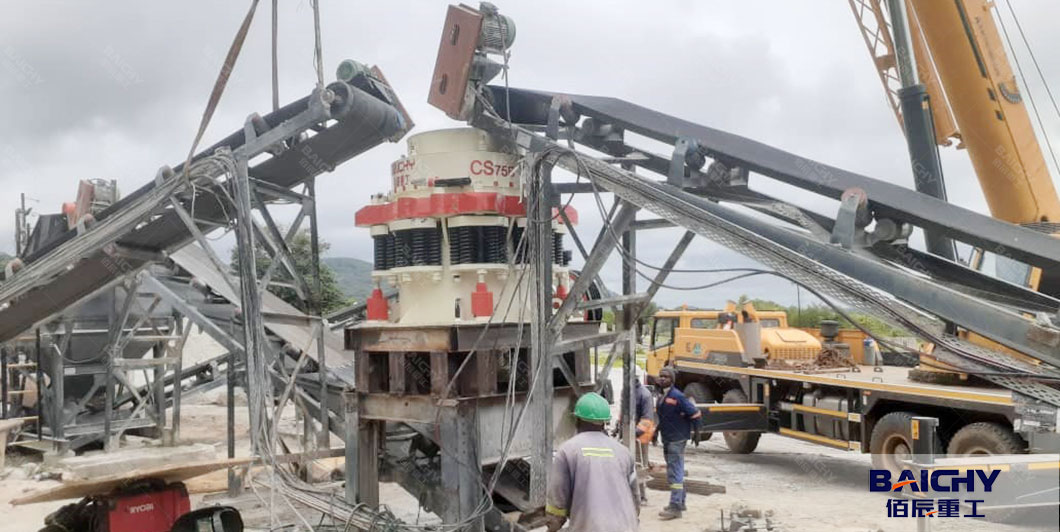
6. Emergency Response: How to Handle a Blockage
Despite prevention, blockages may still occur. Follow these steps to minimize damage:
1. Shut Down the Crusher Immediately
- Stop the feeding system first, then power off the crusher to prevent further material from entering the chamber.
- Avoid forcing the crusher to run through a blockage, as this can damage the motor or crushing components.
2. Inspect and Remove Blocked Material
- Wait for the crusher to come to a complete stop and ensure it is safe to access.
- Open the inspection hatch or remove the mantle/concave (if necessary) to manually clear the blocked material. Use tools like sledgehammers or pry bars to break up compacted clumps.
3. Identify and Address the Root Cause
- After clearing the blockage, inspect the crusher for damaged parts (e.g., broken liners, bent shafts) and replace them as needed.
- Review operational parameters (e.g., feeding rate, material properties) to determine what caused the blockage and adjust accordingly.
Conclusion
Preventing raw material blocking in cone crushers requires a combination of proper material preparation, optimized operations, regular maintenance, and operator vigilance. By addressing the root causes—from material properties to equipment wear—mining and construction operations can reduce downtime, extend equipment lifespan, and maintain high productivity. Remember: proactive prevention is always more cost-effective than reactive repairs. For personalized advice on your specific cone crusher model or application, consult with equipment manufacturers or industry experts to tailor these strategies to your needs.







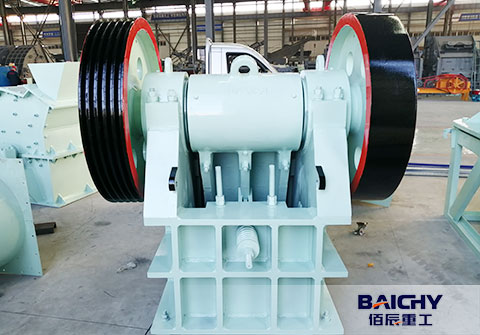
 2026-01-06
2026-01-06
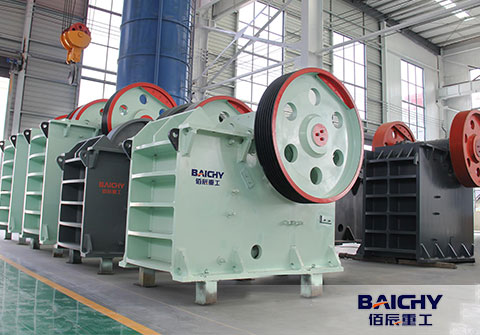
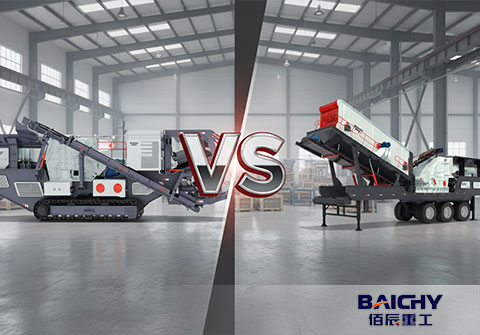
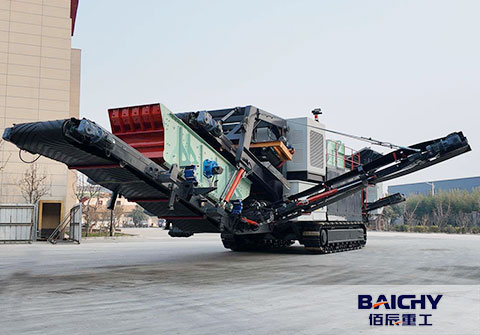
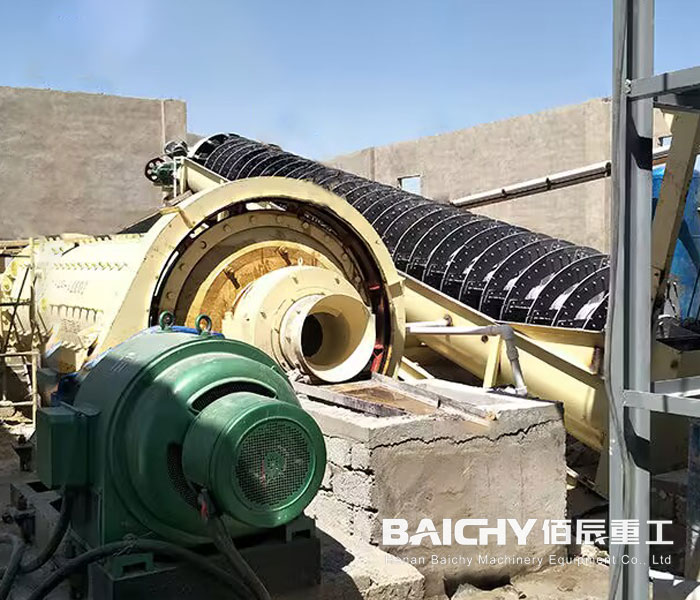
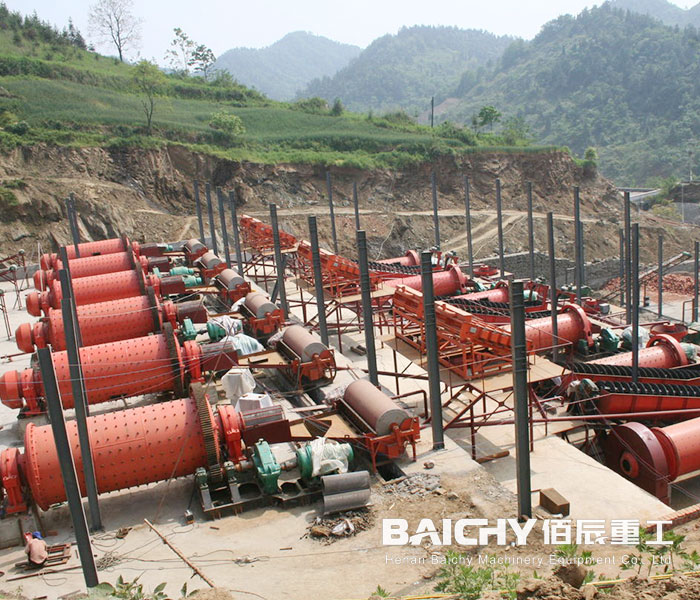
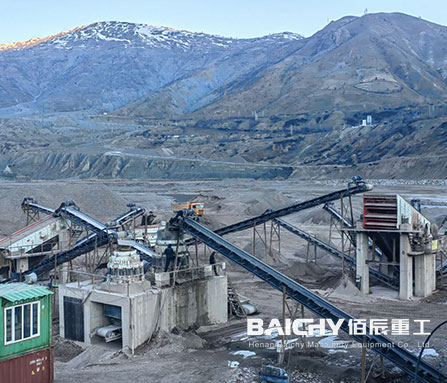
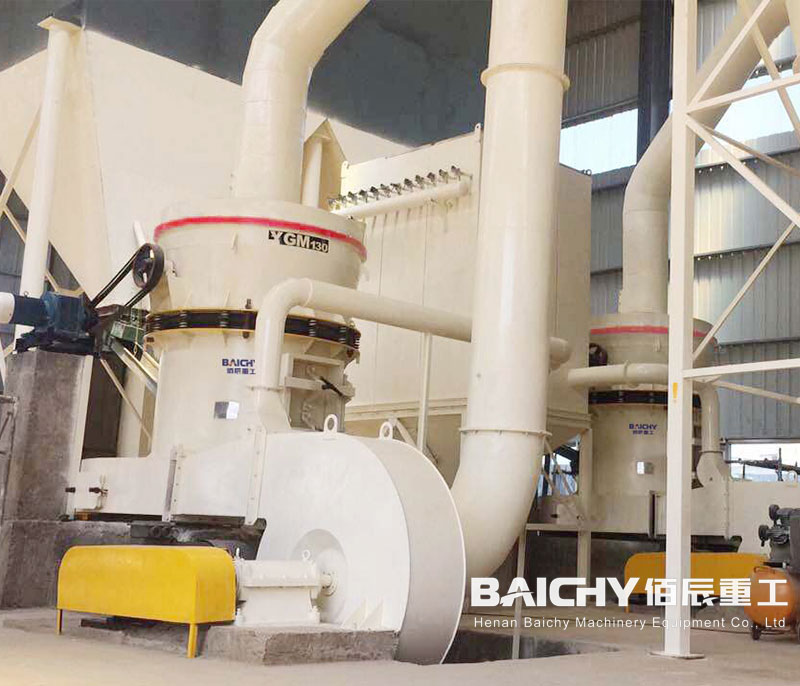














 86-15093113821
86-15093113821
 86-15093113821
86-15093113821

